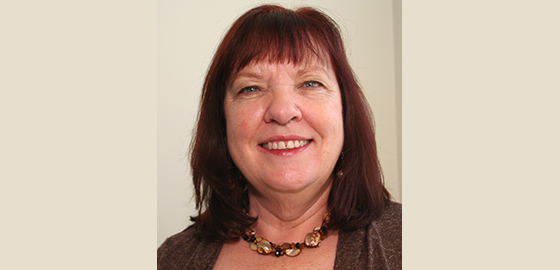A recent study by the U.S. Centers for Disease Control and Prevention noted that in 2009 one in every eight births in the United States was assisted by a midwife. That number does not surprise Carla Pohl, who is a certified nurse midwife and assistant professor of nursing at Illinois State.
Having participated in about 1,000 births as a midwife, Pohl said the field is growing.
“We are seeing more midwives, and more pregnant women choosing midwives because they don’t want the interventions that come with standard care,” said Pohl.
As births with midwives increase, Pohl is watching stereotypes that have lingered about midwives begin to fall away. “A lot of the stereotypes are still there – that we don’t let patients have drugs, or don’t let them have an epidural,” said Pohl, rolling her eyes.
“Midwives are there to support women in any way they need. That’s what midwife means, ‘with women,'” said Pohl. “You do what the women want for their birth, unless there is a danger to them or the child. We deliver in hospitals, and patients have epidurals, if that is what they choose. It’s about giving mothers the control in their birthing process.”
There are different designations of midwives. There are lay midwives, who receive training, others who receive certification, but are not licensed nurses. Pohl, however, is a registered nurse, a neonatal resuscitation program provider and has a doctorate in nursing practice. She carries the highest level of certification for midwives, awarded after a two-year certification program. “It’s essentially an advanced practice certification for nurses,” explained Pohl.
Her role as a midwife is simply another piece in working to strengthen the health of women. Pohl spent years with the Oklahoma State Department of Health as a nurse manager and director of women’s health. She also worked in Tulsa as a midwife and a coordinator of the Centering Pregnancy Program at the University of Oklahoma. One of the main battles Pohl faced in that state was the high poverty rate. “More than 60 percent of the births in Oklahoma are Medicaid births,” she said. “It’s a challenge to get preventative care.”
Pohl joined the faculty at the Mennonite College of Nursing last fall, and began teaching public health courses. “For me, midwifery and public health go together. Their philosophies are the same. There is a big focus on prevention and a big focus on education,” said Pohl.
Those philosophies also drive the nursing profession overall. “Nurses are socialized to talk with patients, and offer ideas on prevention without getting people’s backs up,” she added.
Pohl’s skill as a nurse to sooth suspicions came in handy during her work as a midwife in Tulsa from 2004 to 2012. Even with her extensive training, Pohl said many in the American Medical Association can still be wary of the role a midwife plays. In her days in the delivery room, she worked to overcome any animosity. “You treat it like any other collaboration. You build up that trusting relationship,” she said.
Trust is key to the relationship between a midwife and a patient, noted Pohl. “My idea was that I already had my kids and this was not my birth,” she said. “When the right midwife is matched with a pregnant woman, there is a feeling of empowerment. And having a sense of control in the delivery room is important to many women. That is what midwives bring to the table.”


One thought on “Stereotypes about midwives fading away”